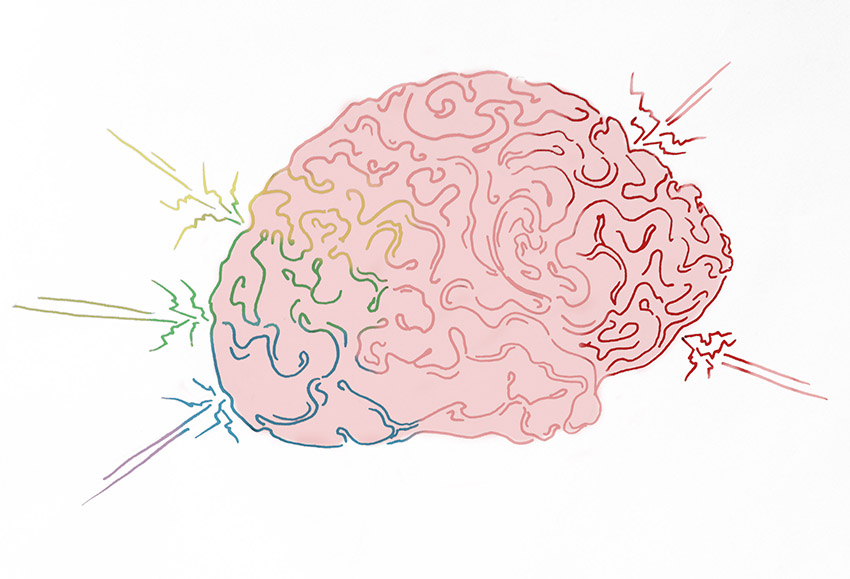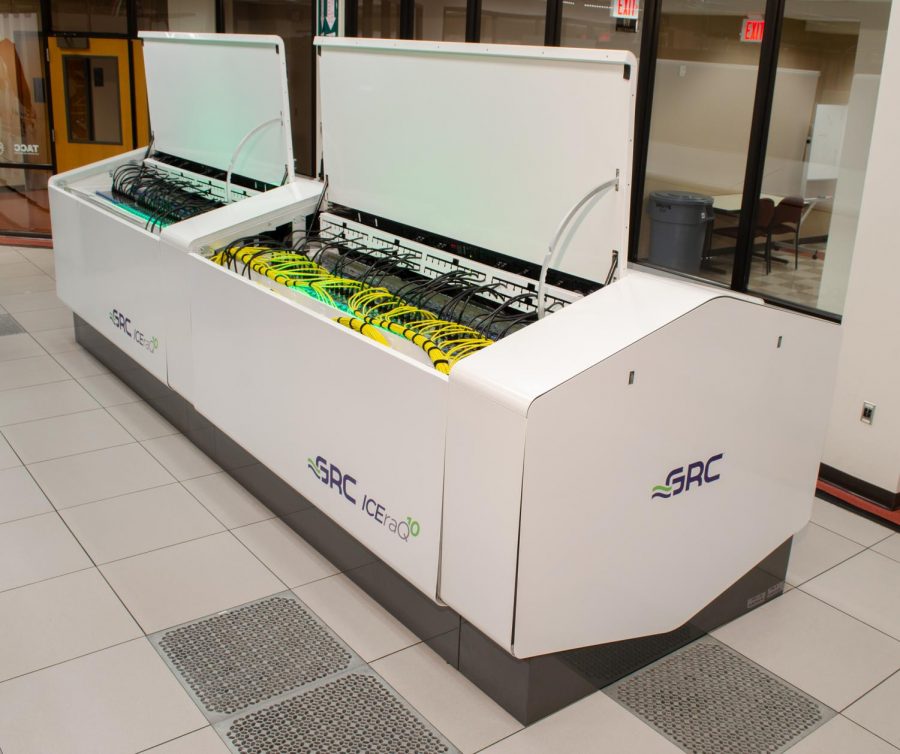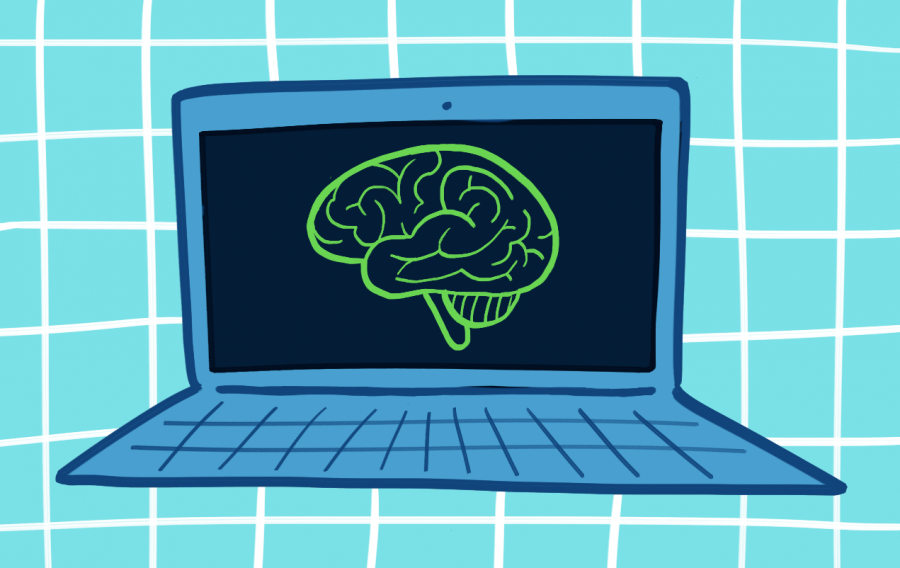Scientists are making waves in brain research.
Researchers involved in a multi-institutional Texas project are developing a new, non-invasive neuromodulation tool to enhance cognitive function in the human brain by using a technology called transcranial infrared brain stimulation, or TIBS.
Neuromodulation is a process that can modify neural function by using various forms of electromagnetic radiation in the brain. With TIBS, researchers can shine an infrared laser on a human brain non-invasively and alter or stimulate brain signals and brain waves.
“The overall goal of this project is to investigate, image and demonstrate that TIBS can non-invasively neuromodulate and induce changes of whole-head, blood-flow-related neural circuits before, during and after TIBS so we can better understand its mechanism,” said Hanli Liu, lead researcher and UT-Arlington bioengineering professor.
The team has previously shown that delivering TIBS to the prefrontal cortex results in an increase in metabolism that leads to cognitive enhancement. Based on this, the researchers hope to develop TIBS into a new tool that could potentially enhance neurocognitive function, memory and executive skills.
“It is known that shining a laser or light-emitting diodes on certain parts of human tissue can reduce pain or minimize inflammation,” Liu said.
Based on the premise that the brain is critically dependent on oxygen for physiological functions, the infrared light from TIBS is absorbed by an enzyme in neurons that catalyzes the metabolic use of oxygen, according to Liu.
TIBS is also beneficial because of its simplicity and ease of use. For example, the technology produces minimal discomfort on the participant’s head and choosing the site of stimulation is easily done with no risk of seizures. It is also low-cost, portable and can be moved along with patients. Scientific literature provides support for TIBS’ ability to induce cognitive enhancement in animal studies, indicating that it has promising ability to modulate deeper regions of the brain, said UT-Austin psychology professor Francisco Gonzalez-Lima.
“Considering that cognition is the most important determinant of quality of life and functional ability in older age, it is critical to seek new treatments to prevent or delay cognitive aging,” Gonzalez-Lima said. “The success of this project will have far-reaching health significance … for such neurocognitive deficits common in aging.”
In addition to potential clinical impacts for neurodegenerative diseases such as dementia, this technology could make important contributions to other areas of brain-related research, such as mental health.
“All major forms of mental illness (include suffering) from impaired neurocognitive function,” Gonzalez-Lima said. “Therefore, this project also has broad implications for treatment of mental illness.”
This research is part of the NIH BRAIN initiative, which aims to develop novel neuromodulation tools for further studies in brain circuitry for clinical applications, according to Liu.
“In the future, this technology could be available as a relatively non-invasive, low-cost, low-risk intervention device,” Liu said. “It has great potential in the future to improve people’s memory or, looking forward, maybe even relieve or reduce the progression of
Alzheimer’s disease.”





















